Green Tea
Green tea is usually roasted or steamed after harvest, to avoid oxidation. China, Vietnam and Japan are the main producers of green tea.
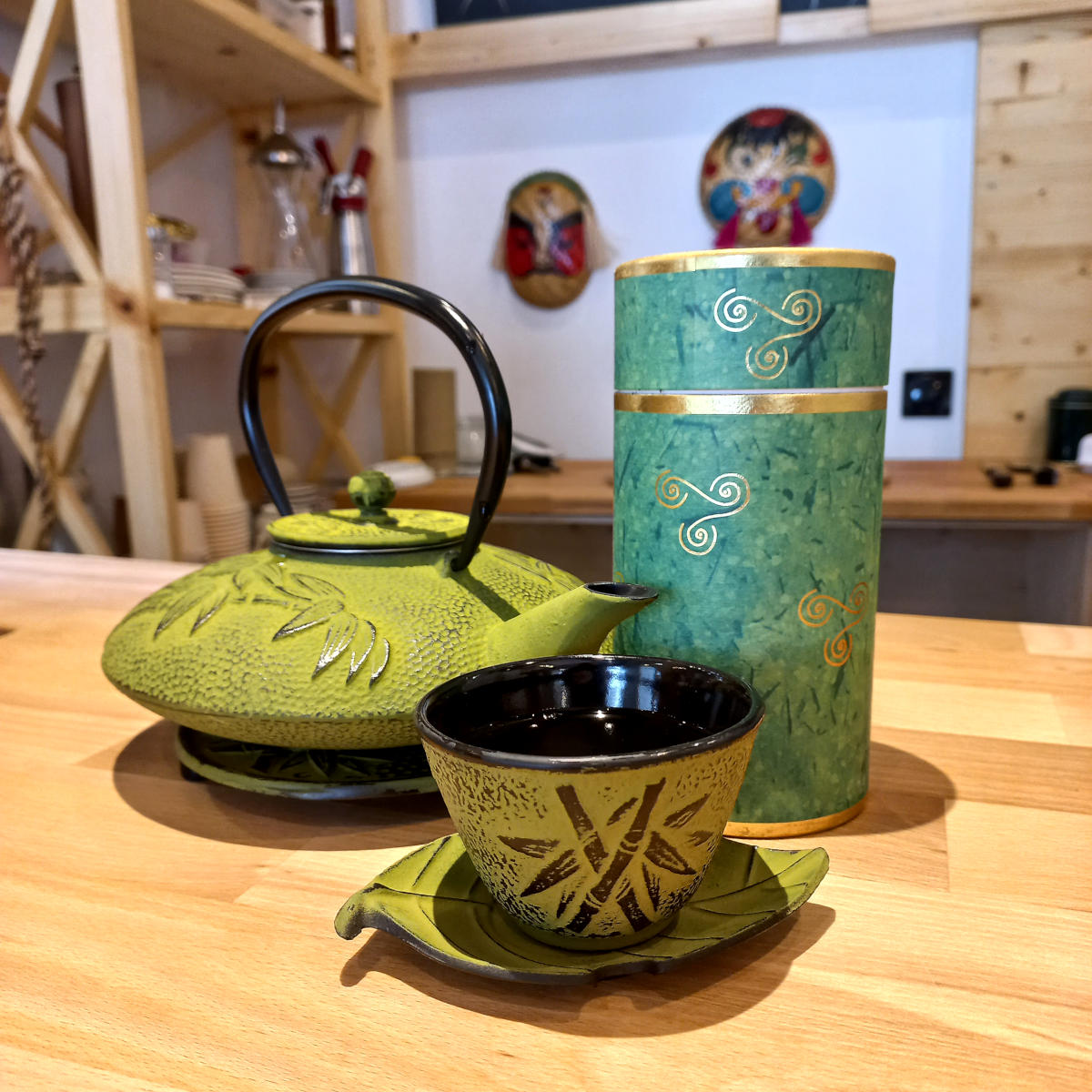
- White Tea
- Green Tea
- Yellow Tea
- Black Tea
- Oolong Tea
- Puer Tea
Green tea is a type of tea that is made from the leaves of the Camellia sinensis plant. It is the least processed of the four main types of tea (green, black, oolong, white) and is known for its fresh, delicate flavor and green color.
The processing of green tea involves quickly steaming or pan-frying the freshly harvested leaves to stop the oxidation process, which preserves the tea's natural color, flavor, and nutrients.
Green tea is a popular beverage in many countries and is known for its health benefits. It is high in antioxidants, particularly a type called catechins, which can help to protect the body from damage from free radicals. Green tea has also been shown to have potential benefits for heart health, weight loss, and reducing the risk of certain types of cancer.
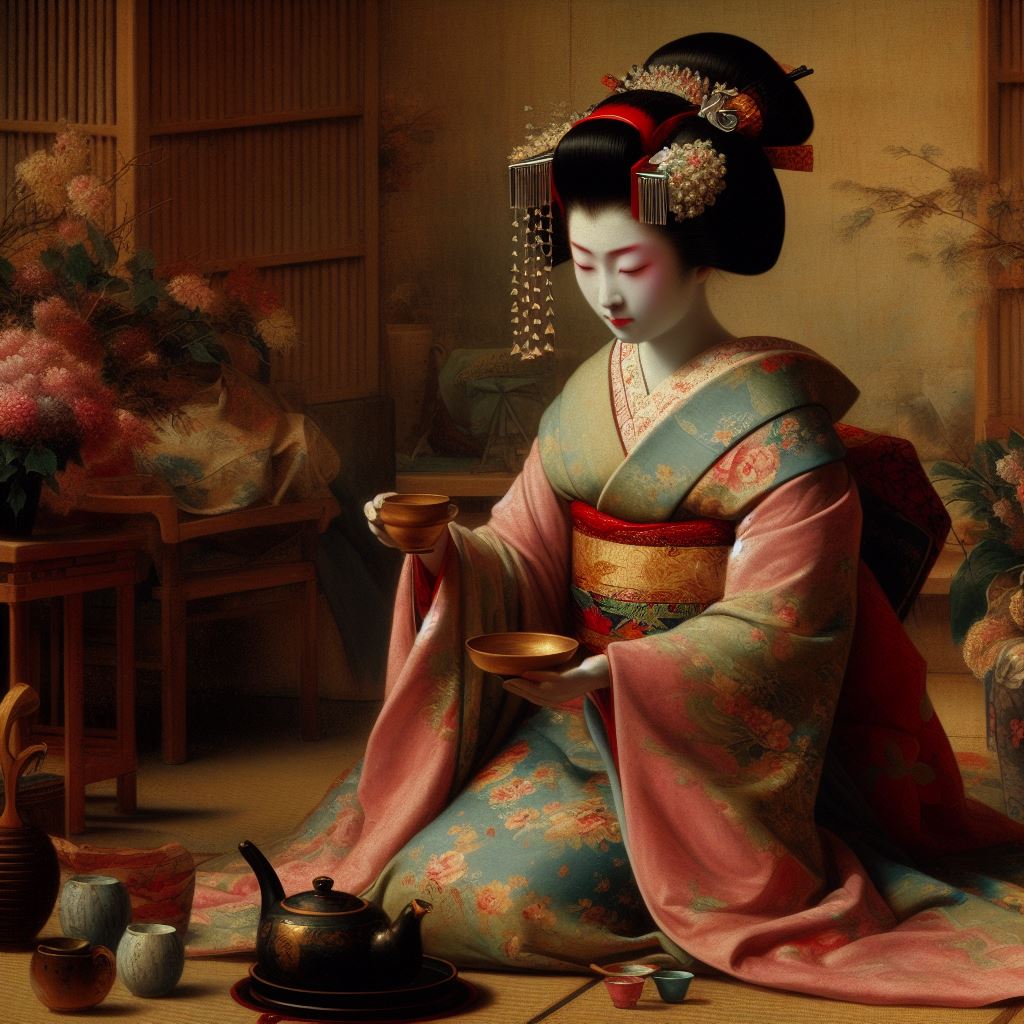
Green tea is typically brewed for a short time and can be enjoyed plain or with added flavors, such as mint or lemon. In some cultures, such as Japan, green tea is an important part of traditional tea ceremonies and is revered for its cultural and historical significance.
Overall, green tea is a flavorful and nutritious beverage that is enjoyed around the world for its health benefits, delicate flavor, and cultural significance. Whether enjoyed plain or with added flavors, green tea is a staple in many tea-drinking cultures and continues to be enjoyed for its rich history, cultural significance, and delicious taste.
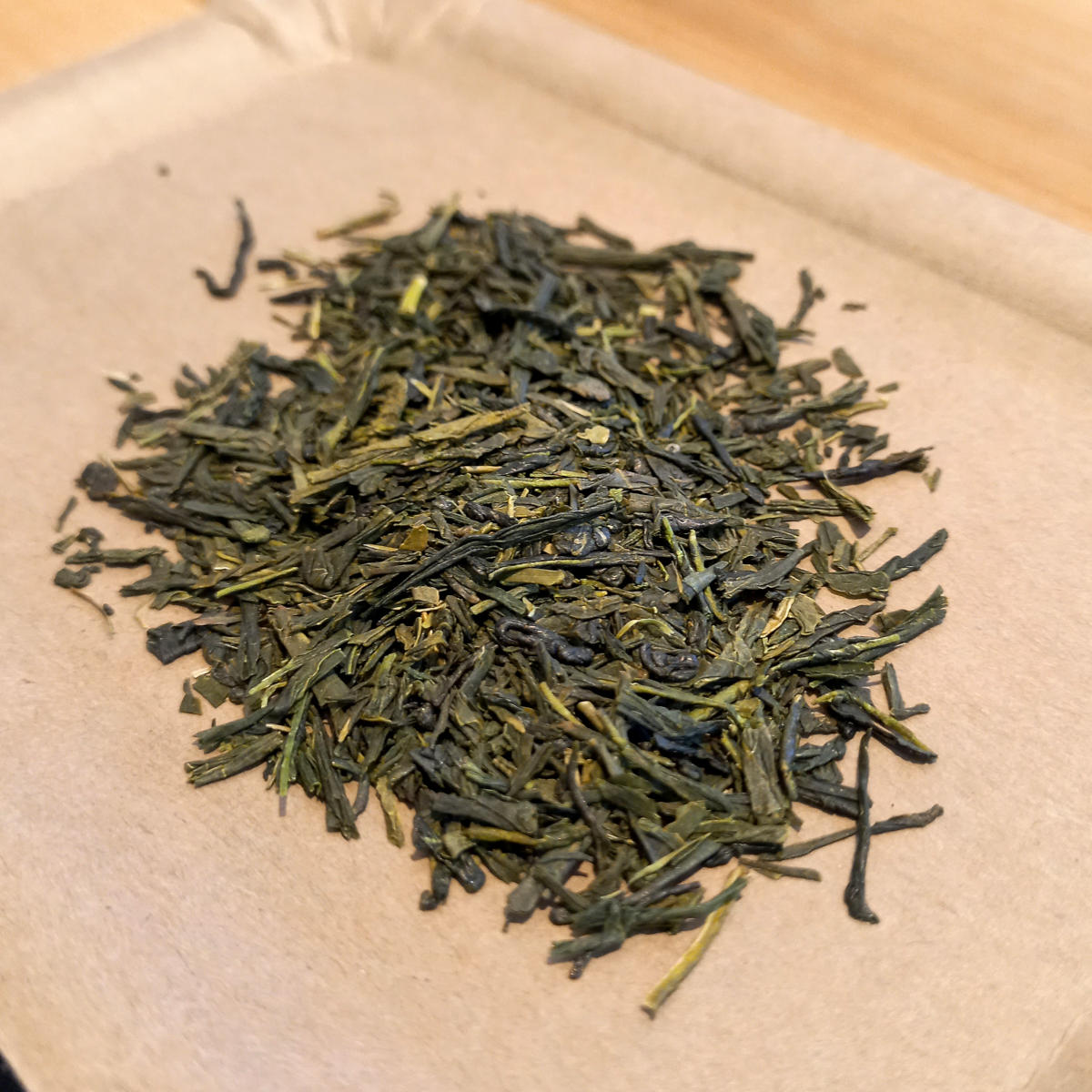
Green teas at RealiTea
At the time I am writing this, we have five different kinds of assorted green teas at RealiTea:
- Mao Feng (organic) - Vietnam
- Yunnan Green - Yunnan, China
- Gunpowder "Temple of heaven" - China
- Sencha - Japan
Sencha (organic) - ChinaJade snail of spring, Suzhou, Jiangsu- Spirit of the Mist - Lam Dong, Vietnam (hand-picked in the first two morning hours while the mist is still covering the beautiful Central Highlands of Vietnam - our best Tea, directly from the farm)
- Fragrant Spring - Lam Dong, Vietnam (hand picked 2nd harvest of the year, also directly from farm to cup, hand-picked from a family estate)
- Natural Jasmine - Lam Dong, Vietnam (hand crafted Jasmine tea from the same family estate in the Central Highlands where Spirit of the Mist and Fragrant Spring originate - wonderful aroma, all natural)
Our selection may vary according to season, demand and availability.
New Stuff
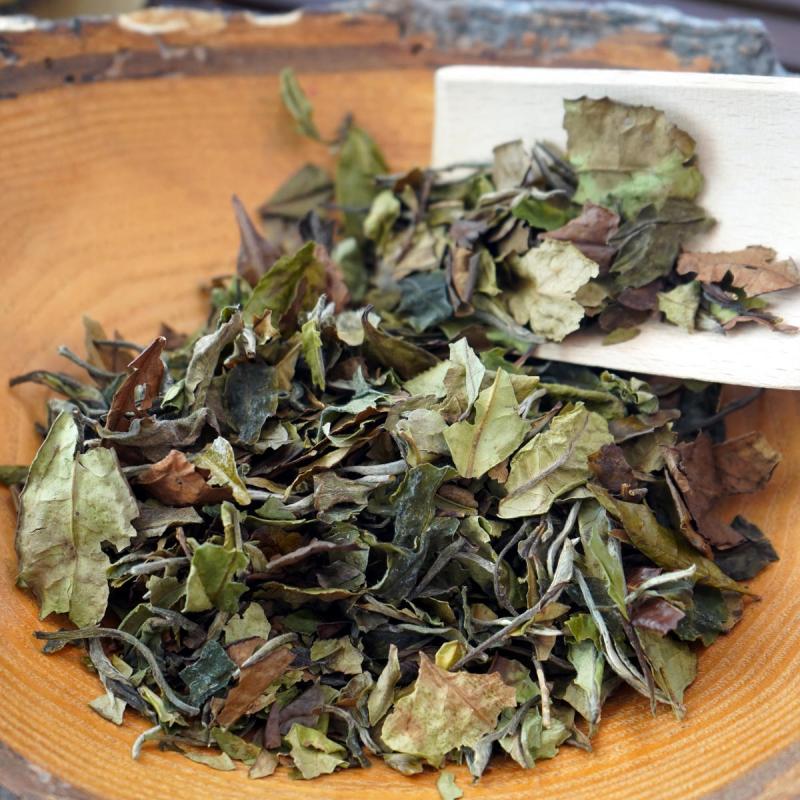 | White Tea White tea, a name synonymous with purity and elegance, beckons tea lovers seeking a subtle yet captivating experience. |
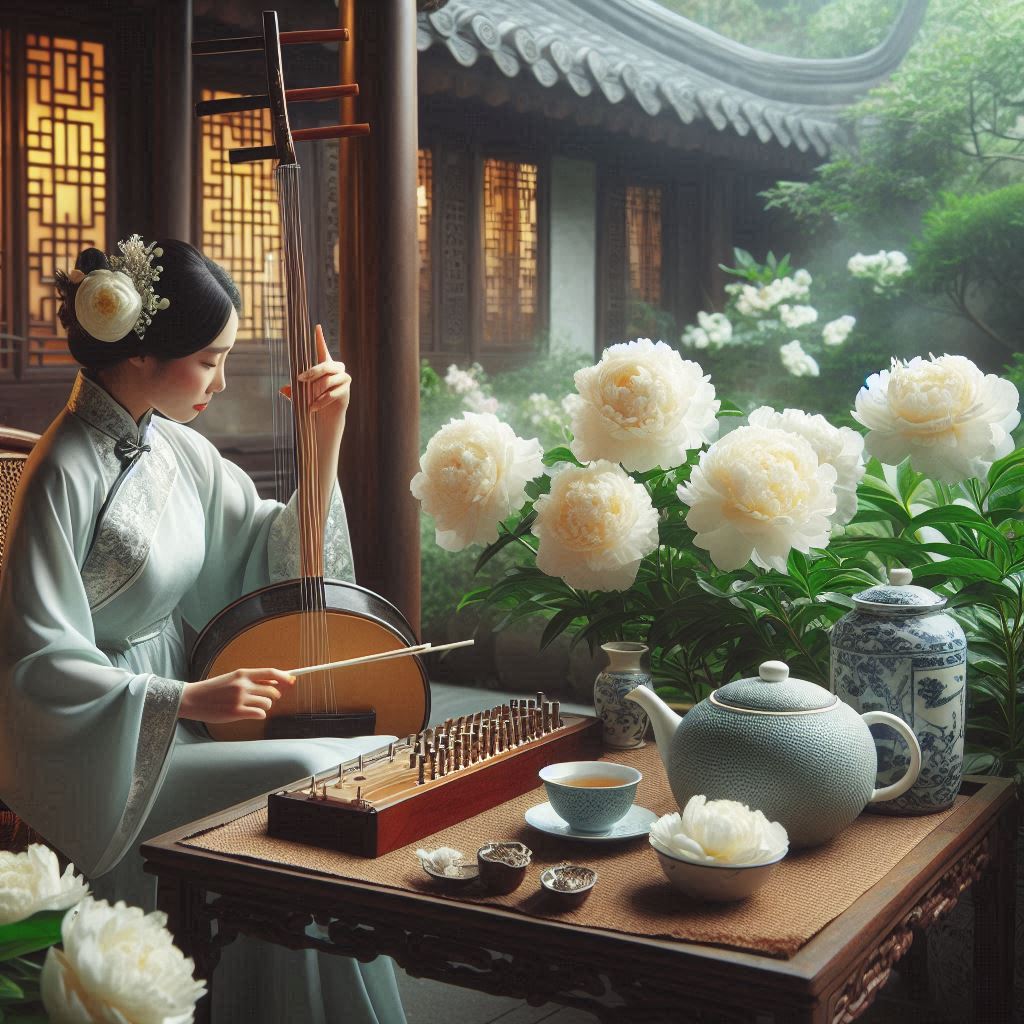 | Unveiling the Delicate Elegance of Pai Mu Tan White Tea Have you ever craved a tea that embodies pure refinement? Look no further than Pai Mu Tan, a white tea celebrated for its delicate taste and minimal processing. |
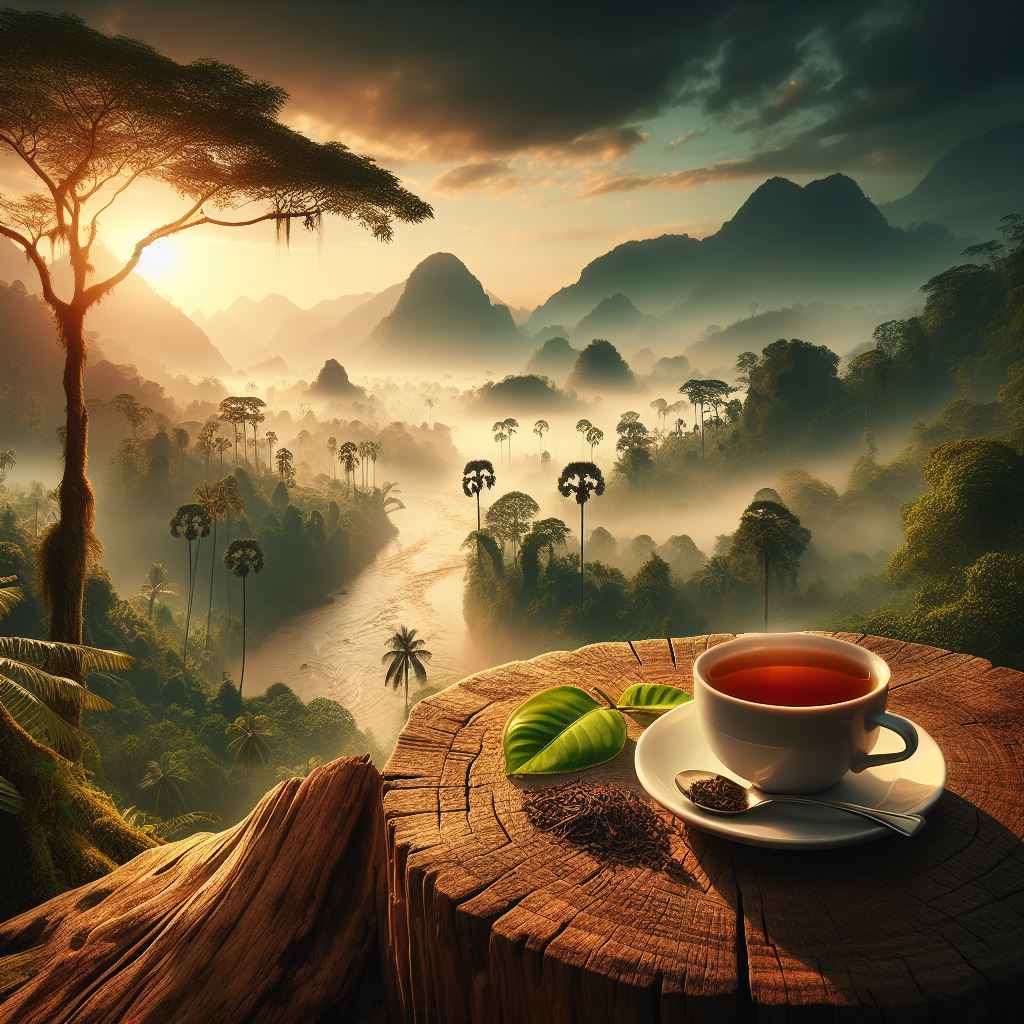 | Assam Tea A bold brew from the foothills of the Himalayas and one of the most popular teas. |
 | Opening Times New opening times from 1st of November 2023! Mon - Thu 09:30 AM - 05:30 PM, Fri & Sat 9:30 AM - 07:00 PM ... Sun closed |
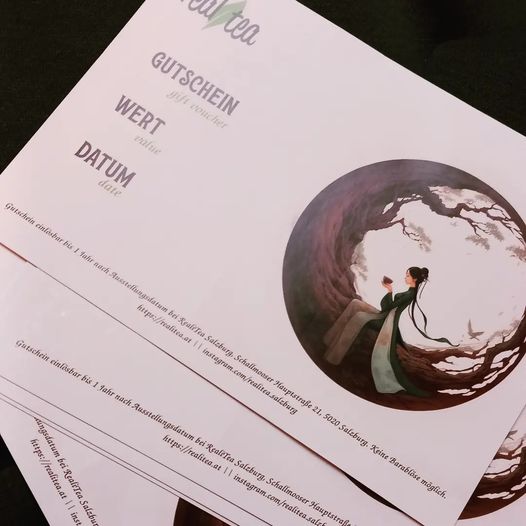 | When sombebody vouches for a gift they buy a gift voucher. Now at RealiTea! |
 | The issue of fake coffee in Vietnam Despite Vietnam having excellent conditions for growing great coffee, premium suppliers are rare and street coffee often is not even real coffee. What is wrong here and what is right? Let us take a look. |
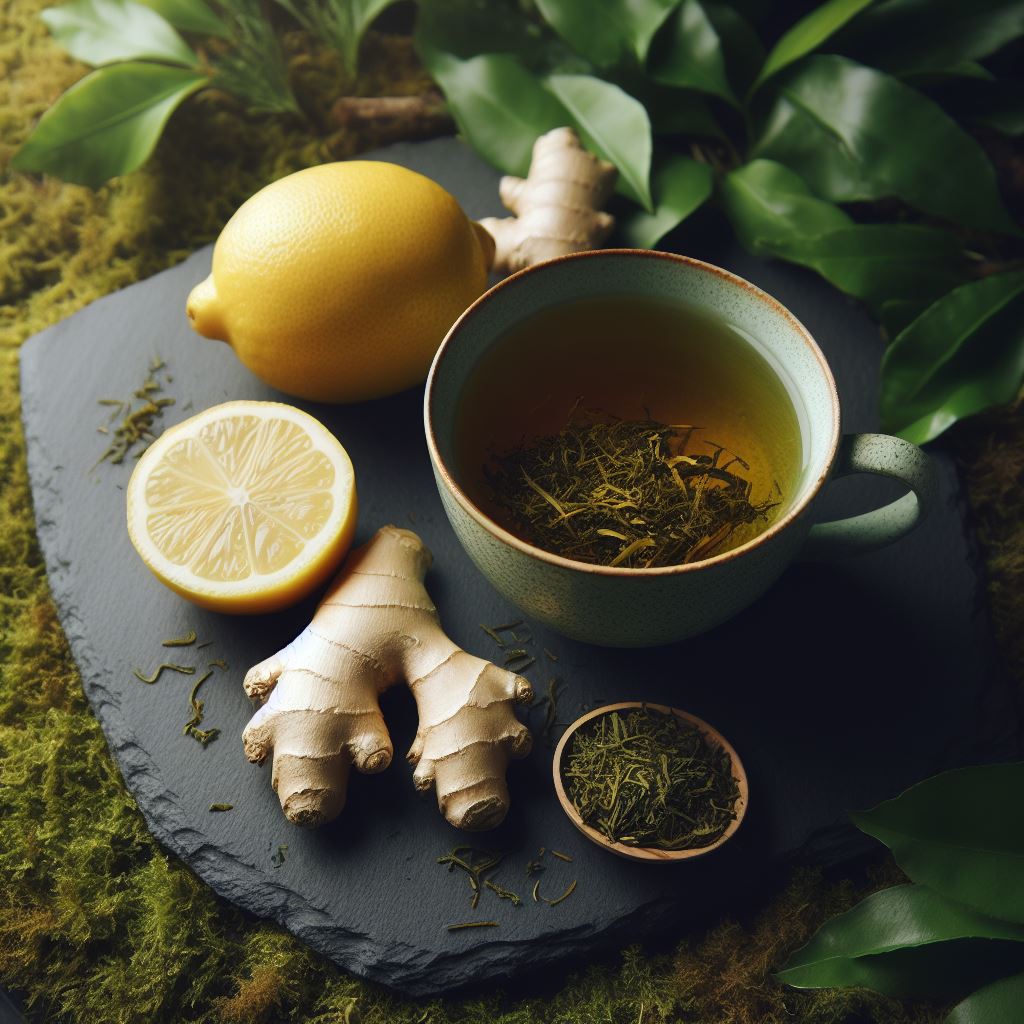 | The Benefits of Ginger Tea During the Cozy Season Ginger is a wonderful remedy for chills or scratchy throats, so the ginger green tea we have on the menu is perfect for the cold time! |
